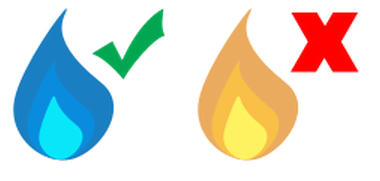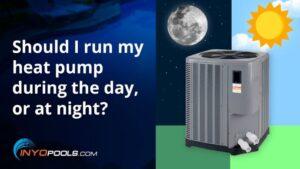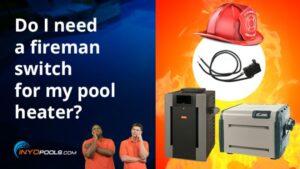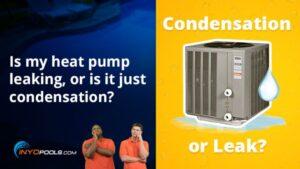Hello my friends who love the thin air of places like, but not limited to, the Rocky Mountains, Arizona, or New Mexico; this blog is just for you. If you are a homeowner looking to lengthen your pool season, then a gas heater is just the trick. A well sized unit can add weeks or even months onto the pool season. However, not all heaters are created equal; some have limits to their application. One of those limitations is how high above sea level it can be installed. We will take you through some of the limitations and also help you determine your elevation properly.
Raypak has especially elevation-sensitive heaters due to how finely tuned their heaters are to maximize their burn. Their heaters are optimized to an atmospheric air/fuel mixture that is optimal from 0 – 2000 feet. A standard Raypak heater installed above that range will not light or will clunk out because of lack of air. Humans may get a little light headed from lack of oxygen, but heaters can create carbon monoxide that can kill.
What’s my Elevation?
Unless you’re a geographical whiz your area’s elevation may not be known offhand, but that is where our good friend Google comes in handy. I found this Zip Code Tracker that provides basic information about your zip code including average elevation.
True Blue
A leading symptom of improper fuel mixture is a yellow flame. The lack of air causes an incomplete chemical reaction making the flame yellow instead of the ideal blue shade. We have a saying about heater flames, if it’s Blue, then it’s true, if its Yella, call a tech fella.

Your heater manufacturer’s goal is to achieve a clean burn; which is defined by a complete combustion of the air/fuel mixture within the combustion chamber.
Complete fuel combustion takes three contributing factors; air (consisting partly of oxygen), fuel and an ignition. The air to fuel ratio to make this chemical reaction perfect is 10:1, or 10 cubic square feet of air to 1 cubic square foot of fuel. If one of these elements is off in the mixture, part of the fuel will be left unburnt and create a sooting of the heating chamber. The leftover soot is actually carbon residue that would usually have been burnt off by a crisp blue flame but is instead left to gunk up your combustion chamber.
A more serious effect of incomplete combustion is the gas Carbon Monoxide (CO) which is an odorless gas that can be fatal in moderate doses. CO is a major concern for indoor heater installations because ventilation may be limited. If your heater is indoors, I suggest (if code does not already) having a CO detector nearby to raise the alarm of gas buildup.
How to Regulate Gas

There are two ways to manually adjust a heater’s setup to compensate for high elevations. They are defined by Derating and Devaluing. Derating the heater reduces the size of the chamber’s gas orifice which introduces fuel to the mix. This change lowers the percentage of gas in the mix to balance with the lower oxygen levels, bringing it to the correct 10:1 ratio. The general rule of thumb is to devalue the orifice opening by four percent for every 1,000 feet of elevation. Here’s a chart showing an example of orifice sizes you may need:

Devaluing the fuel line leaves the heater ‘as-is’ but alters the rate of flow from the supply point. A utility company technician will need to complete the devaluing process. Some utility companies in high elevation areas have the lines already devalued to adjust for their altitude.
Self-Adjusting Heaters
If you wish to bypass fiddling with orifice sizes and such, I would suggest a self- adjusting heater. The name itself is a misnomer because it is not so much self-adjusting as it is a power blower to feed the heater air. Heater models such as the Pentair MasterTemp and the Hayward Universal Low NOx use a power blower to accommodate most applications.
The MasterTemp can be applied to installations up to 9,000 feet in elevation and the Universal Low NOx can range up to 10,000 feet, dependent on gas and BTU type. The Hayward Low NOx comes with modified grilles that can be fitted dependent upon your elevation. The special grille kit come standard with a new heater. I suggest looking into a few other brands that offer self-adjusting heaters. The Pentair Minimax offers heaters that can be installed up to 9,000 feet in elevation.
Thank you for your time. If you still need more information, check out our Heater Answer Guide, or do not hesitate to call our techs at 407-834-2200. We’re glad to help.













Leave a Reply